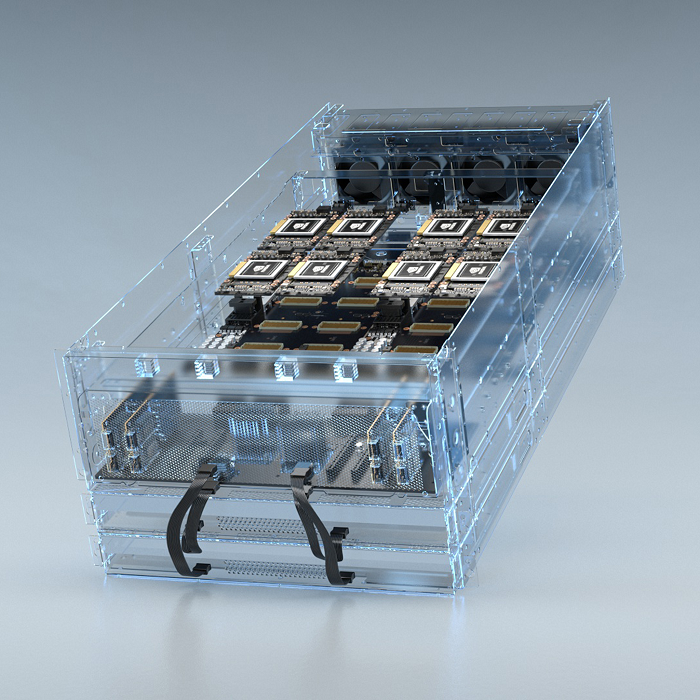By Gina Roos, editor-in-chief
Nvidia recently unveiled a reference design platform that allows engineers to build GPU-accelerated Arm-based servers for high performance computing (HPC) applications in science and industry. The platform includes hardware and software building blocks that enable supercomputing centers, hyperscale-cloud operators and enterprises to use Nvidia’s accelerated computing platform with the latest Arm-based server platforms.
Nvidia worked with Arm and its partners, including Ampere, Fujitsu and Marvell, to ensure that Nvidia GPUs can work seamlessly with Arm-based processors. The team also leveraged its collaboration with Cray, a Hewlett Packard Enterprise company, and HPE, two early providers of Arm-based servers.
In addition, a wide range of HPC software companies are using Nvidia CUDA-X libraries to build GPU-enabled management and monitoring tools that run on Arm-based servers, said Nvidia.
This launch follows Nvidia’s announcement earlier this year that it will bring its CUDA-X software platform to Arm. The company is making available as a preview its Arm-compatible software development kit, consisting of Nvidia CUDA-X libraries and development tools for accelerated computing.

Nvidia also is working with developers to bring GPU acceleration to Arm for HPC applications such as GROMACS, LAMMPS, MILC, NAMD, Quantum Espresso, and Relion. Nvidia and its HPC-application ecosystem partners have compiled extensive code to bring GPU acceleration to their applications on the Arm platform. The company also teamed with leading Linux distributors Canonical, Red Hat, Inc., and SUSE, as well as the industry’s leading providers of essential HPC tools.
Supercomputing centers have started testing the GPU-accelerated Arm-based computing systems. These includes Oak Ridge and Sandia National Laboratories, in the U.S.; the University of Bristol, in the United Kingdom; and Riken, in Japan.
“With the help of HPE, Marvell and Nvidia, we’re excited to see how quickly our Oak Ridge National Laboratory-led effort could upgrade our Arm test-bed system, pull together performance testing, and get positive results. In just two weeks we were able to compile and correctly run approximately eight leadership-class applications, three important community libraries, and benchmark suites frequently used for evaluating the Arm-HPC ecosystem,” Jack C. Wells, director of science, National Center for Computational Sciences, Oak Ridge National Laboratory, said in a statement. “Based on early results, the functionality of this Arm-hosted accelerated computing ecosystem appears to be already on par with the POWER and x86 environments. It’s a terrific beginning for an accelerated computing ecosystem within Arm.”
Simon McIntosh-Smith, professor of high performance computing, University of Bristol, agreed. “Nvidia’s Arm-based software stack is really solid straight out of the box. In the past we’ve made extensive use of Arm and Nvidia platforms separately, but being able to combine them is an exciting prospect for us. Performance of Nvidia’s GPU drivers on Arm is really good, comparable with the x86 platforms we tried, which is an impressive achievement in such a short time period.”
Advertisement
Learn more about Electronic Products Magazine





